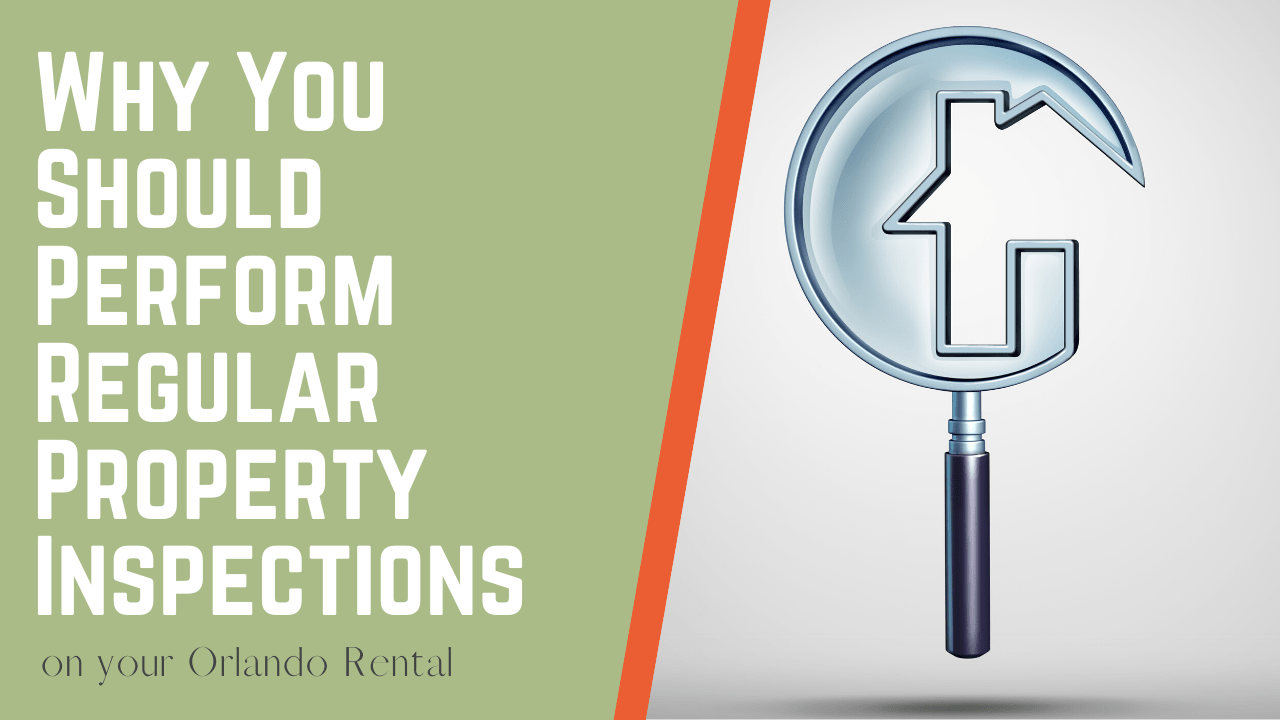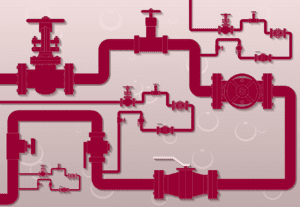
Orlando rental property owners need to perform regular property inspections to protect the condition of their investment and check for deferred or unreported maintenance issues. It’s also a good way to hold your tenants accountable to their lease agreements. Regular inspections can provide peace of mind and valuable information.
Privacy is also important, however, and you want to balance the need to inspect with your tenant’s right to the quiet enjoyment of the property they’re living in. You don’t want to be the landlord who shows up every month asking to take a look around. That’s a great way to lose tenants.
Make routine inspections part of your lease agreement so residents know to expect them. And, pay close attention to the way you inspect during move-in and move-out periods.
Move-In Inspections and Orlando Rental Property Condition
Routine inspections start with the move-in inspection. A well-documented record of your property’s condition is required before a tenant moves in, and we recommend that you take a lot of pictures and detailed notes. Take photos and videos of every detail, including paint condition, floors, doors, walls, ceilings, and closets. All of this documentation will serve you well at the end of the lease.
Check for any last-minute repairs or cleaning that needs to be done before a tenant moves in. Look for leaks, appliances that aren’t working, and lights that won’t turn on. Make a list and have the repairs done immediately.
The Move-Out Inspection: Reviewing Damage and Wear and Tear
After the tenant has moved out, you need to conduct another inspection of your rental property using your initial move-in report. This gives you the opportunity to see if anything has been damaged. You have to expect and pay for normal wear and tear; every rental property will have small nail holes in the wall and carpet wear in high-traffic areas. However, any obvious damage due to the tenant’s behavior or neglect can be deducted from the security deposit. Tenant damage might include broken drawers and cupboards, large holes in walls, scratches in the flooring, torn or stained carpet, and appliances that were broken and misused.
This inspection will be especially important if there are any disputes over the security deposit.
Inspect Once During the Tenancy
 At some point during the lease period, schedule a routine inspection or walk-through with your tenants. When you include it in your lease agreement and talk about the inspection before they move in, it won’t be a surprise. Good tenants will welcome the opportunity to show you that they’re taking care of the home, especially if they’re enjoying the place and hoping to renew their lease.
At some point during the lease period, schedule a routine inspection or walk-through with your tenants. When you include it in your lease agreement and talk about the inspection before they move in, it won’t be a surprise. Good tenants will welcome the opportunity to show you that they’re taking care of the home, especially if they’re enjoying the place and hoping to renew their lease.
When you’re at the property, take some pictures and look around for any unreported or deferred maintenance issues. You’ll also want to look for lease violations. If you have a strict no-pet policy and you see cat beds all over the house, you’ll have to discuss this with your tenant.
Drive-by inspections can also be performed if you happen to be in the neighborhood. You’ll be able to see if everything is in good order.
Inspections are necessary, but they can be time-consuming and tricky, especially if you’re not exactly sure what to look for and how to conduct them. A professional Orlando property manager can help. We know what to look for and how to hold your tenants accountable. If you’d like some help inspecting or maintaining your Orlando rental properties, please contact us at Park Avenue Property Management.